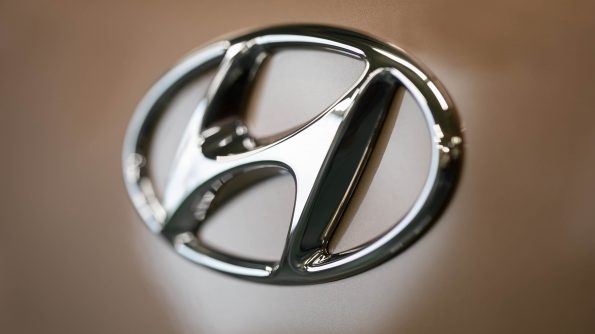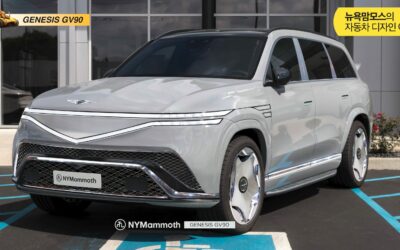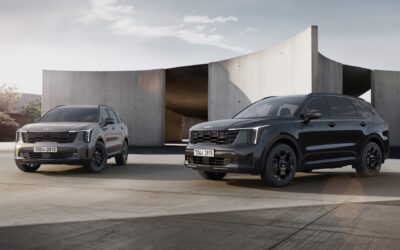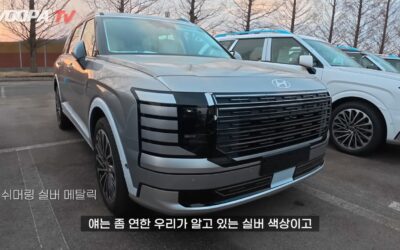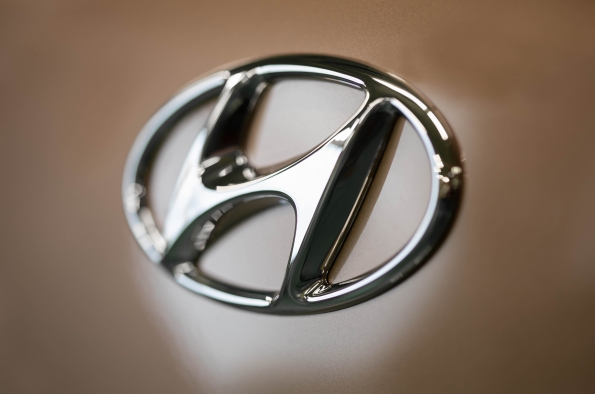
Hyundai Motor Group (the Group) has begun a series of sweeping changes to its R&D organizations and development processes, enabling greater responsiveness to the changing future mobility technology landscape.
[ads id=”9″]
Promoting a keener focus on customer needs, the new approach will also streamline the decision-making and development processes to achieve efficiencies and cost optimization.
Through reorganization under Architecture-Driven System-Based Organization (SBO), technology units at the Group’s R&D Division in Korea will align their operational processes to transform the Group. This positive action will enable a step-change in the Group’s bid for technological prowess, greater efficiency and efforts to exceed customer expectations in global markets.
Architecture-Driven structure conveys vehicle concept planning which takes numerous factors into account from the initial stage of development, including vehicle performance, parts sharing, standardization and even up to procurement, production and suppliers. Under this SBO, system technology units of chassis, body, automotive electronics and powertrain are empowered to integrate engineering design, computer aided engineering and testing as part of their development efforts.
“The reorganization will allow agile decision-making and more efficient communication, enabling us to expedite our response to changing global markets and swiftly adopt emerging technologies,” said Albert Biermann, Head of R&D Division at Hyundai Motor Group. “This change will help us further develop products as we intensify our focus on our customers.”
[ads id=”8″]
The newly established Architecture Development Center will apply current market demands to the vehicle concept development phase, while reviewing parts sharing and modularization among models to secure advances in performance, quality and profitability through intense collaboration with system technology units. The engineering design, computer aided engineering and testing technology units – previously grouped by functionality – will be organized by the Groups’ vehicle system of chassis, body, automotive electronics, and powertrain technology units. The integration will streamline the development process by accelerating the communication and decision-making process. Project Management (PM) technology unit will be realigned by cross-brand SBO. Each PM will work within its respective vehicle segment – previously divided by brand and vehicle type – which will strengthen the differentiation between the Group’s brands and model ranges. A new Virtual Vehicle Development Group will implement virtual processes to speed up the overall vehicle development by utilizing various virtual models and simulation methodologies. This will enable the Group to lower initial investment hurdles and open up opportunities to enhance future mobility technology integrations with its products. Over the years, Hyundai Motor Group has made continuous strides to keep pace with the changing global automotive environment. In 2003, Hyundai Motor and Kia Motors R&D Centers were combined into a single entity, the Hyundai Motor Group R&D Division, integrating all R&D efforts. In the mid-2000s, the Group focused on meeting rising global demands by introducing strategic models by region. Recent efforts saw the Group re-emphasize fundamental performance and enhance emotional aspects of its vehicles. The Group’s latest move aims to raise its R&D efforts to the next level through the architecture-driven reorganization.

